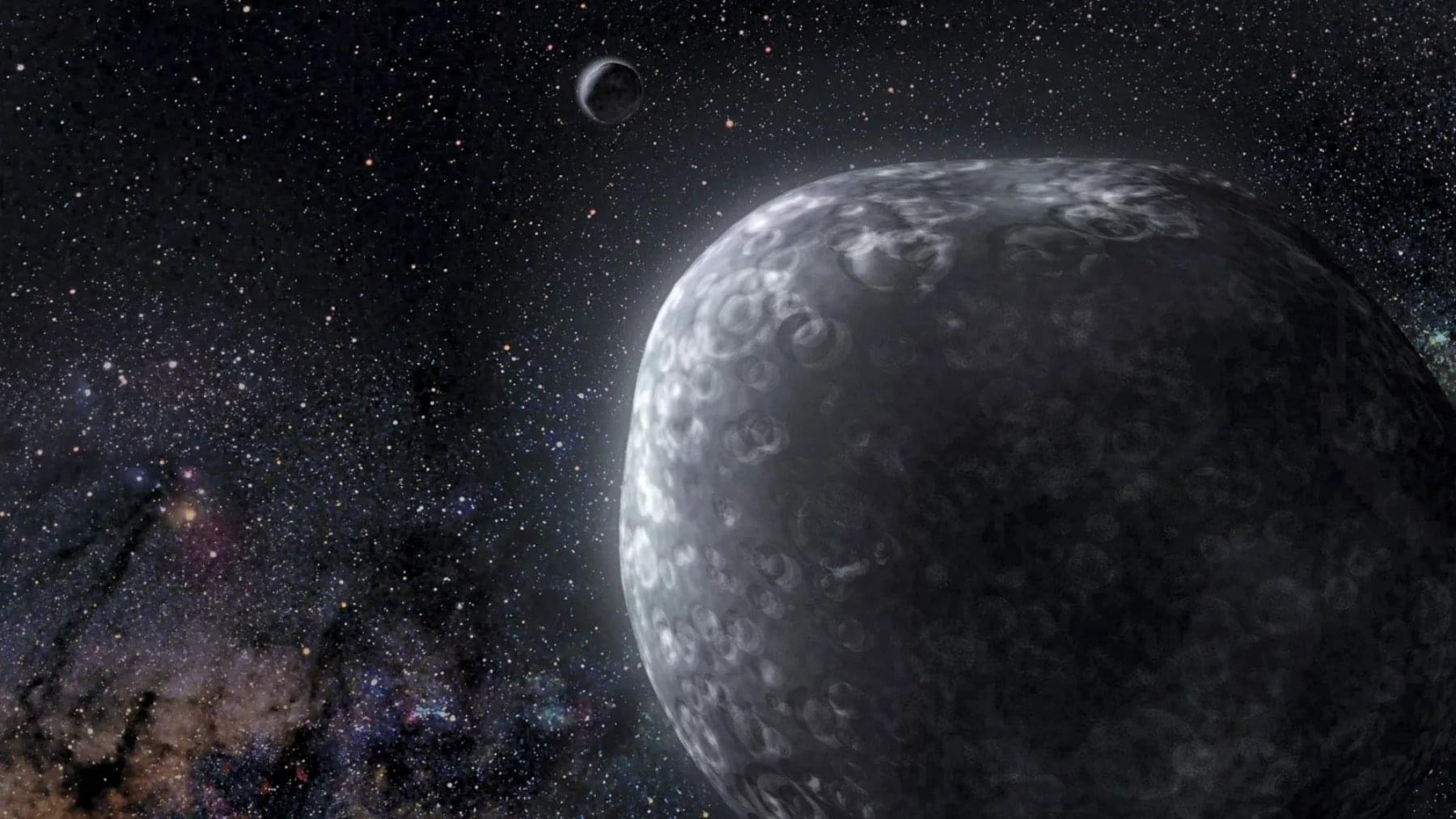Discover how researchers used bacterial spores to make sustainable, living, smart materials that can endure harsh environments and perform programmed tasks.
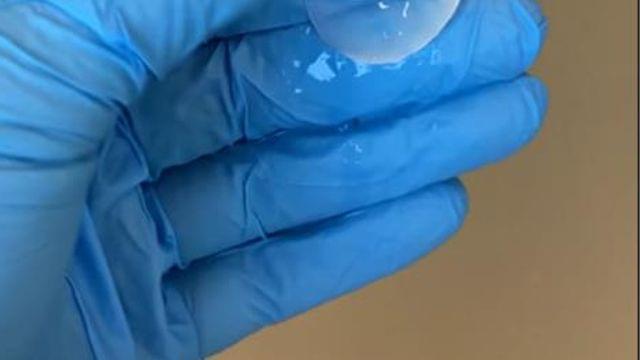

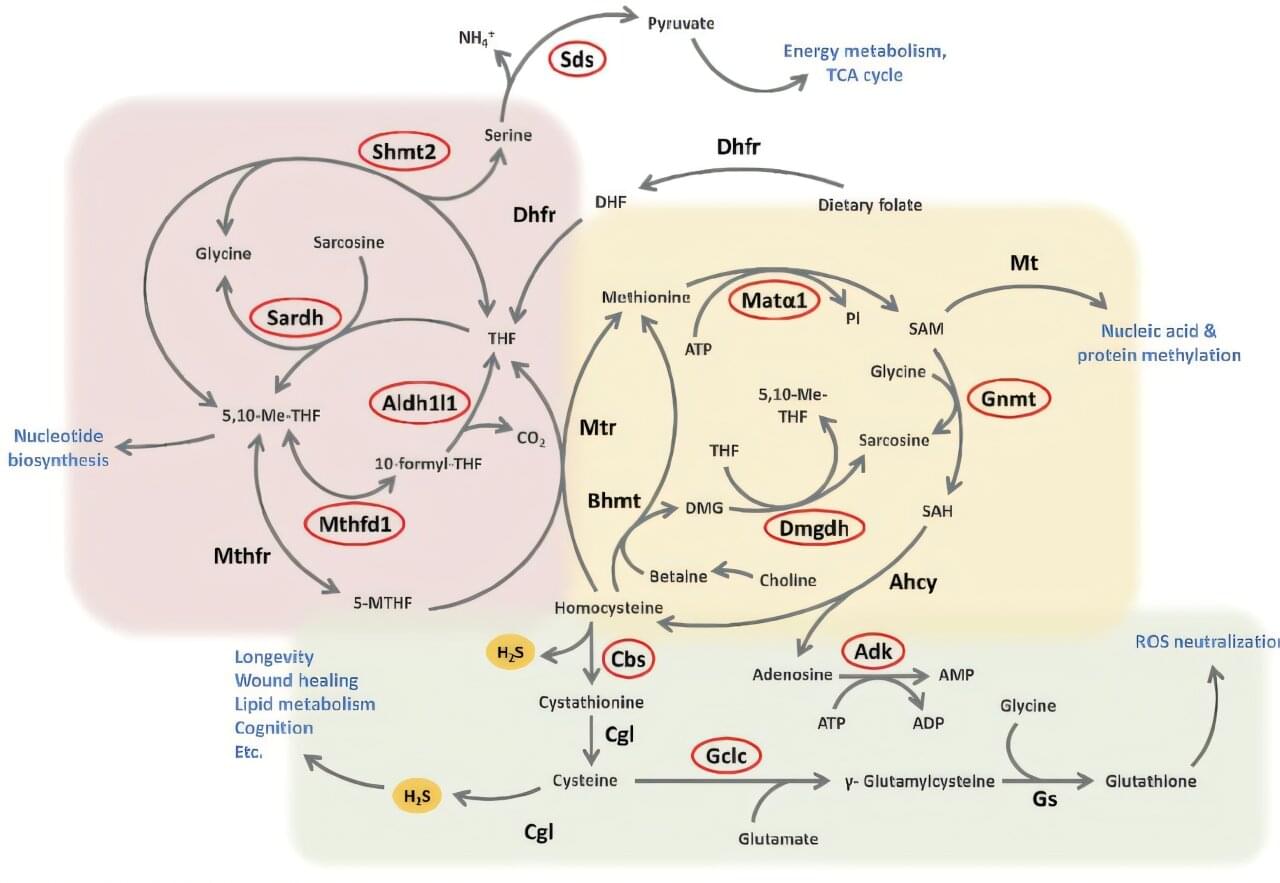
Researchers at Bar-Ilan University have discovered how the longevity-associated protein Sirt6 orchestrates a delicate molecular balancing act that protects the body from age-related decline and disease. The new findings, just published in the Proceedings of the National Academy of Sciences, reveal how Sirt6 preserves health during aging and may pave the way for therapies that promote a longer, healthier life.
Sirt6, often described as a master regulator of aging, is known for its powerful protective effects against age-related diseases such as cancer, diabetes, inflammation, and frailty. Its impact closely resembles that of calorie restriction, a dietary regimen proven in animals to extend lifespan and enhance the body’s natural repair and healing mechanisms.
Calorie restriction—eating fewer calories without malnutrition—has long been known to improve health and extend lifespan. One of its key effects is to increase the body’s production of hydrogen sulfide (H2S), a tiny gas molecule that supports wound healing, heart health, and brain function. This new study found that as we age, H2S levels naturally decline, weakening these protective benefits.
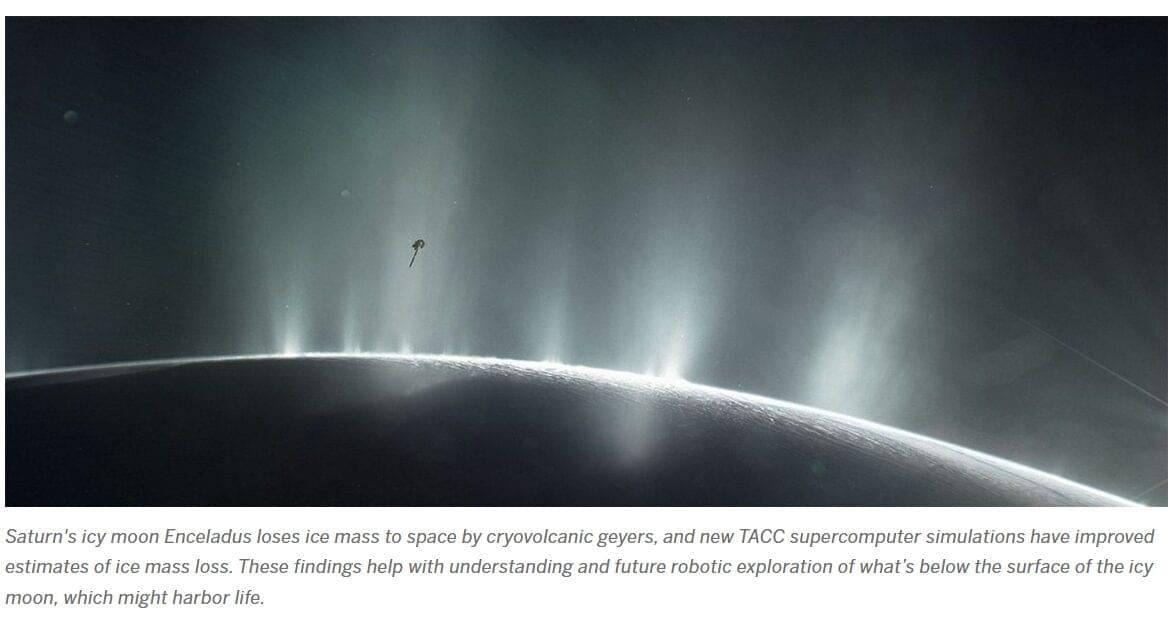
Supercomputers are rewriting our understanding of Enceladus’ icy plumes and the mysterious ocean that may harbor life beneath them. Cutting-edge simulations show that Enceladus’ plumes are losing 20–40% less mass than earlier estimates suggested. The new models provide sharper insights into subsurface conditions that future landers may one day probe directly.
In the 17th century, astronomers Christiaan Huygens and Giovanni Cassini pointed some of the earliest telescopes at Saturn and made a surprising discovery. The bright structures around the planet were not solid extensions of the world itself, but separate rings formed from many thin, nested arcs.
Centuries later, NASA’s Cassini-Huygens (Cassini) mission carried that exploration into the space age. Starting in 2005, the spacecraft returned a flood of detailed images that reshaped scientists’ view of Saturn and its moons. One of the most dramatic findings came from Enceladus, a small icy moon where towering geysers shot material into space, creating a faint sub-ring around Saturn made of the ejected debris.
The universe is mostly invisible. Dark matter, the mysterious substance making up 85% of cosmic mass, has been detected through a stunning gamma-ray signal. Join us as we break down the research by a University of Tokyo astrophysicist who believes he has caught WIMP particles destroying each other a finding that redefines our place in the cosmos.
#universe #space #darkmatter #wion.
About Channel:
WION The World is One News examines global issues with in-depth analysis. We provide much more than the news of the day. Our aim is to empower people to explore their world. With our Global headquarters in New Delhi, we bring you news on the hour, by the hour. We deliver information that is not biased. We are journalists who are neutral to the core and non-partisan when it comes to world politics. People are tired of biased reportage and we stand for a globalized united world. So for us, the World is truly One.
Please keep discussions on this channel clean and respectful and refrain from using racist or sexist slurs and personal insults.
Check out our website: http://www.wionews.com.

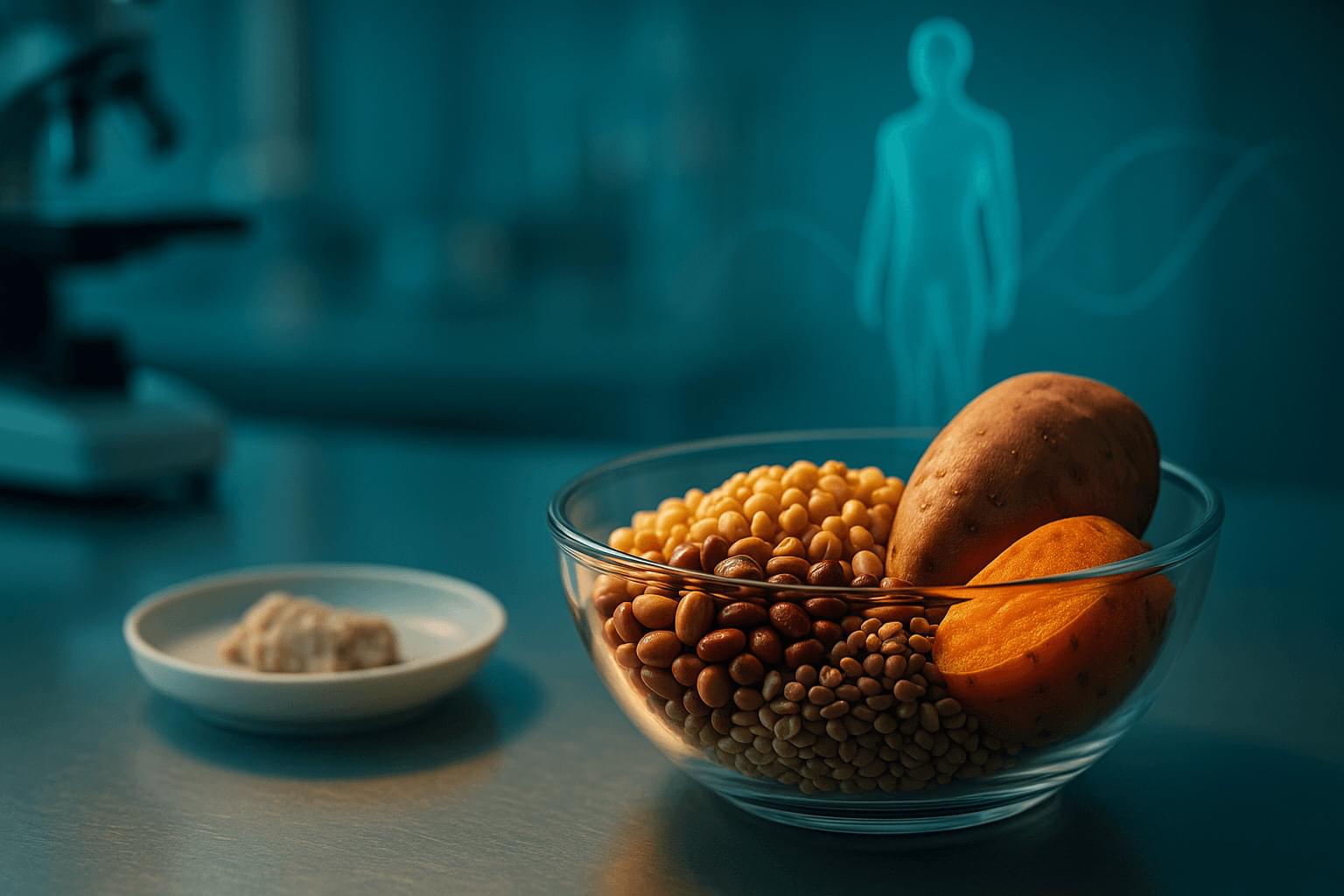

A dystopian future where advanced artificial intelligence (AI) systems replace human decision-making has long been a trope of science fiction. The malevolent computer HAL, which takes control of the spaceship in Stanley Kubrick’s film, 2001: A Space Odyssey, is a chilling example.
But rather than being fearful of automation, a more useful response is to consider what types of repetitive human tasks could be safely offloaded to AI, particularly with the advances of large language models (LLMs) that can sort through vast amounts of data, see patterns and make predictions.
Such is the area of research co-authored by Christoph Treude, an Associate Professor of Computer Science at Singapore Management University (SMU). The team explores potential roles for LLMs in annotating software engineering artifacts, a process that is expensive and time-consuming when done manually.
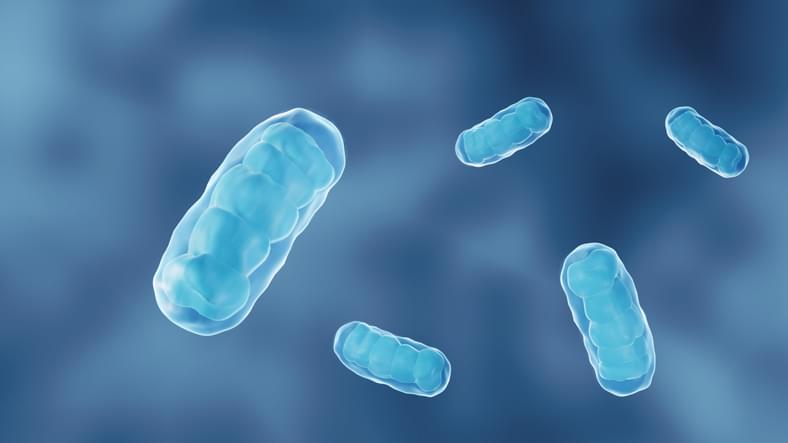
Transfusion-related acute lung injury (TRALI) is the leading cause of transfusion-related mortality, but its pathogenesis is complex and not well understood. TRALI is thought to develop under a “2-hit” model. In 80% of cases, the second hit is caused by antibodies (specifically anti-HLA class I or II or anti-human neutrophil antigen antibodies); bioactive lipids, extracellular vesicles and other storage-related transfusion products have been linked to the remainder of the TRALI cases. The first-hit, which is related to the patient’s underlying clinical condition, is less well defined. Since patients receiving intensive care are more prone to TRALI and often have elevated levels of extracellular mitochondrial DNA (mtDNA), researchers used a murine model to examine whether mitochondria, mtDNA or other damage-associated molecular patterns (DAMPs) can act as a first-hit in an antibody-dependent murine model of TRALI. Injection of purified mitochondria or mtDNA followed by a monoclonal antibody (as a second-hit) caused significantly greater lung injury with increased pulmonary edema, elevated plasma macrophage inflammatory protein-2 (MIP-2; the mouse ortholog of human IL-8), enhanced neutrophil lung infiltration, hypothermia, and respiratory distress compared to an isotype control. Researchers found that an antagonist to toll-like receptor-9 (TLR-9) attenuated many of the TRALI-like symptoms in mice suggesting that mtDNA and TLR-9 may be involved in the first-hit in some TRALI cases. Targeting mtDNA or the TLR-9 receptor may prove to be a novel therapeutic strategy to prevent the first-hit and TRALI, but further research is needed.
References:

